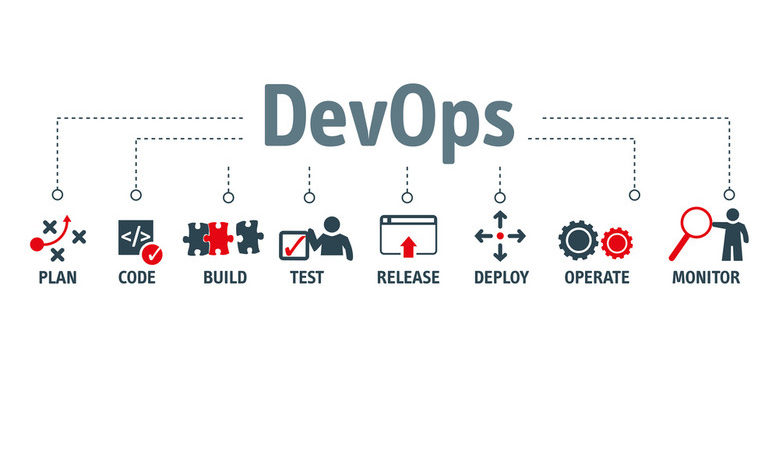What is stream processing?
Stream processing is the processing of data in motion, or in other words, computing on data directly as it is produced at the source or received by the stream processing system. Before stream processing, data was often stored in a database, a file system, or other forms of mass storage. Applications would periodically run queries on the data or compute over the data as needed.
Stream processing turns this paradigm around: the application logic, analytics, and queries exist continuously, and data flows through them in a continuous way. Upon receiving an event from the stream, a stream processing application reacts to that event: it may trigger an action (like an alert), update a statistic, or “remember” that event for future reference.
Streaming computations can also process multiple data streams jointly, and each computation over the event data stream may produce other event data streams.
Apache Flink is a powerful, open source stream processing framework that solves many of the data processing challenges of the modern enterprise. Flink provides first-class support for stateful stream processing, it is fault-tolerant and provides exactly-once semantics while being easy to operate and having great interoperability with the wider data processing ecosystem.
How can organisations react to customers in real-time?
As our worldwide connectivity increases and the products and services we use become smarter, data becomes the lifeblood for the modern enterprise. Customer centricity remains a key competitive advantage for the modern enterprise that is very much defined by its ability to leverage data, discover trends, apply insights, and provide services to its customers in real time.
Stream processing, through open source technology frameworks like Apache Flink, is one of the best-suited approaches for the modern enterprise to take the leap forward and become real time. Stream processing is a company’s best friend when it comes to reacting to the ever-changing customer trends and demands. Adopting stream processing enables a significant reduction of time between when an event is recorded (for instance when a customer is browsing specific products from the company’s catalog or is contacting the customer care division for an inquiry) and when the system and data application reacts to it.
An interesting example of a company benefiting from stream processing to react to the customer in real time is Alibaba. The company uses Apache Flink to incrementally and fully update its catalog ensuring that changes in price or availability are reflected in search rankings as quickly as possible[2]. On top of this, Flink is used to continuously train machine learning models in real-time resulting in a search platform that factors in both the changing product catalog and current or past user preferences, showcasing tailored results for the shopper.
Related: How stream processing and data analytics can bring smart city projects to life – Marta Paes Moreira, product evangelist at Ververica, explores how stream processing and data analytics can breath life into smart city projects.
How can companies make better use of their data?
Companies should focus on the right investments that will transform their data into actionable insights reaching and informing every function of business, from sales and marketing all the way to product development, strategy and operations. Investments and decisions should revolve around building a data infrastructure that is real-time, scalable, consistent and can be easily maintained. In order to better leverage its data, the organisation should make the data available across all teams and functions. Removing legacy systems and data silos and building a data infrastructure capable to manage and process data no matter its type, form or applicable use case should be on CIOs and CDOs priority lists. With the amount and speed of data generated through connected devices, vehicles, mobile phones and other sources, stream processing is the new paradigm in data processing that can help enterprises move forward, and make them truly benefit from the data assets available to them.
What are the best tools to use?
As one of the original creators of Apache Flink, I am a firm believer that scalable, distributed stream processing technologies are the best fit for the needs of a modern enterprise dealing with ever-increasing data processing needs, and getting insight from all kinds of data types and formats coming from multiple sources — be it sensor logs, geolocation data, customer interaction data etc.
In order for enterprises to effectively run streaming applications in production and at scale, monitoring and metrics systems are an important tool to ensure your application runs as expected, with no degradations, 24/7.
Tools like Prometheus, Graphite, Elasticsearch or Grafana are some options that will help you get peace-of-mind when observing your streaming applications. Additionally, since the amount of available data increases exponentially, resource management frameworks are an important part that will ensure your streaming applications can adapt to fluctuating workloads. Frameworks like Kubernetes can ensure that your streaming applications adapt and scale to new levels no matter the data load.







